Ionospheres are a fundamental part of planetary and cometary atmospheres that are formed by solar radiation and are affected by a myriad of different processes, such as space weather activity or neutral atmosphere variations. Moreover, ionospheres play an important role in controlling the dynamics of the system, as they are the link between the neutral atmosphere, exosphere and surrounding plasma environments (e.g. the solar wind for Mars, Venus, Pluto and comets, and the Kronian magnetosphere for Titan). Understanding how each unmagnetized body reacts to all these factors is a key in comparative aeronomy because although a priori all of them have a general similar behavior, they also have scientifically important differences caused by their different natures.
This session focuses on the ionospheres of Mars, Venus, Pluto, Titan, and comets, and solicits abstracts concerning remote and in situ data analysis, modeling studies, instrumentation and mission concepts. Topics may include, but are not limited to, day and night side ionospheric variability, sources and influences of ionization, ion-neutral coupling, current systems, comparative ionospheric studies, and solar wind-ionosphere interactions and responses of the ionized and neutral regimes to transient space weather events. Abstracts on general plasma and escape processes are also welcome.

